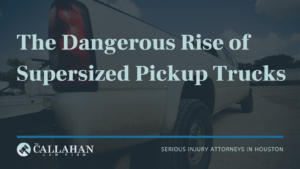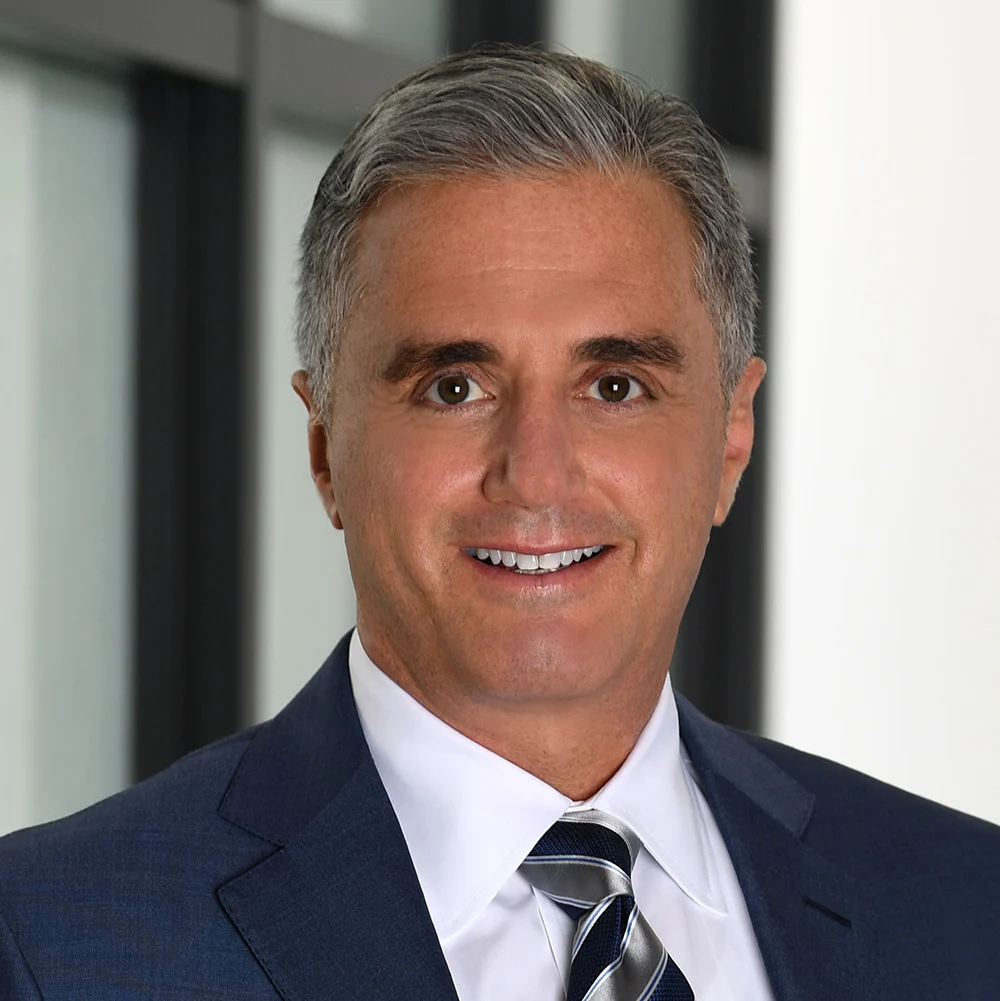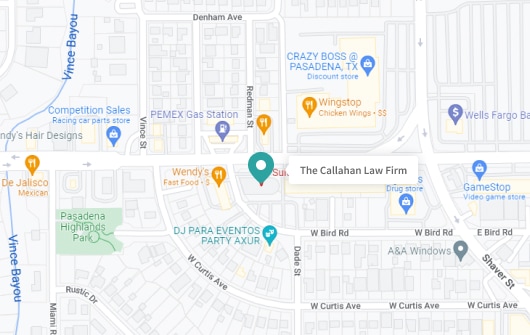The Dangers of Supersized Pickup Trucks

The onset of modern technology has disrupted the automotive world, with vehicles offering more safety and luxury features than ever before. But one major trend is concerning—the uptick in pickup trucks on the road. Even more alarming, not only are pickup trucks increasing in popularity—they’re increasing in size as well. But with larger, more heavy-duty supersized pickup trucks comes a more dangerous roadway.
Why are Trucks Becoming More Popular?
Formerly considered utilitarian and meant for hauling heavy loads, trucks have since transformed from no-frills automobiles into modern luxury vehicles. Up until the 1980s, trucks mostly had a single cab, seating up to three riders. However, last year 85% of pickups sold boasted extended cabs, seating five or six people. These multi-cab trucks have become so popular that some manufacturers have stopped offering single-cab trucks in their bestselling brands.
With the addition of an extra cab, the pickup truck has become a popular option for businesses and families alike. Business tax structures encourage buyers to opt for larger models, and families have found them useful for hauling around necessities. In addition, though many experts cite the rise of the supersize vehicle as a major environmental problem, modern technology has allowed for manufacturers to make these supersized pickup trucks more fuel-efficient than ever, encouraging many people to make the switch.
The onset of the coronavirus pandemic has only heightened this trend. Tumultuous economic conditions have buyers seeking out vehicles with higher resale value, which trucks typically have, and while SUVs have been outselling sedans on and off for the last five years, Bloomberg reported that in May of last year, pickup trucks outsold sedans for the first time ever.
The Danger Trucks Pose to Everyday Drivers
Recent data shows that trucks and SUVs make up roughly 70% of new car sales nationwide. But the spike in truck sales –especially with supersized pickup trucks– has proven to have a deadly effect on other drivers. These popular iron giants come with major blind sports, making them hazardous to other drivers, especially those who drive much smaller vehicles.
In addition to being more dangerous on the roads, they are also hazardous for children. Though many new vehicles are equipped with backup cameras, safety advocates state that these behemoths come with a hidden hazard: front blind spots. Kids and Cars reported that that these supersize pickup trucks and large SUVs can have massive blind spots –up to 8 feet– in front of them, making them a danger to young children. Each year, thousands of kids are seriously or fatally injured in “front-over” accidents because the driver didn’t see them.
In addition to being wider and taller, trucks are also getting heavier. While car accident statistics show that the added height and weight benefit the driver of the vehicle safety-wise, they also show that driving a larger truck has proven to be more hazardous for the other drivers involved. In the past 30 years, pickup trucks have increased in weight by close to 1,300 pounds, and some of the heaviest trucks on the market weigh up to 12,000 pounds—more than three times the size of the average sedan. But the size and weight increase has proven to be a major hazard to pedestrians. The increased weight gives the impacts more force, and the increased height makes it likelier that the vehicle will strike vital organs in the torso and head in smaller vehicles, making these supersized pickup truck accidents much more likely to prove fatal for the pedestrian involved.
Experts fear that this is a cyclical problem. Safety-conscious consumers are purchasing large trucks or SUVs over smaller vehicles in hopes of feeling safer and more visible to other drivers on the road; however, this makes the roads more and more dangerous for sedan-drivers, who then seek to trade in for a larger vehicle to feel safe, thus continuing the cycle.
Supersize Truck Accidents
As technology advances, car manufacturers are ensuring their vehicles are safer than ever, decked out with various new safety features such as backup cameras, sensors, and other features. And the Insurance Institute of Highway Safety, which calculates driver fatality rates every 3 years, reported that the average driver fatality rate for those operating 2017 model vehicles has decreased from the average fatality rate for those who drive 2014 model vehicles (though this does not take passenger fatalities into account, nor does it account for speed, miles traveled per day, and other major factors). Still, despite safety advances, smaller vehicles such as sedans still see the highest fatality rate in car accidents.
While the rise of supersized pickup trucks have proven to be dangerous for pedestrians, safety advocates note that there are many other factors that play into these fatality rates as well. The city of Houston has implemented a plan called Vision Zero that is working to improve Houston roadways and increase alternative modes of transportation in hopes of eliminating road fatalities by 2030, and experts are calling upon the federal government to allow cities to spearhead infrastructure reform to make major metropolitan areas safer for drivers and walkers alike. Experts hope that despite the alarming size and number of supersize trucks on the road, infrastructure reform efforts will make the roads safer for drivers of all vehicle size and type.
—
If you or a loved one has been injured in a truck, car, or pedestrian accident, it’s imperative that you speak with a Car Accident Attorney to discuss your legal options. Contact The Callahan Law Firm today to see how we can help. Call 713-224-9000, or fill out our contact form.

Michael S Callahan is an attorney and founder of The Callahan Law Firm. He focuses his practice on representing individuals and families in personal injury cases involving motor vehicle and truck accidents, workplace accidents and defective products. With over 25 years of experience, he is dedicated to fighting on behalf of people whose lives have been forever altered by the negligence and carelessness of corporations and individuals. Originally trained as a mechanical engineer, Michael has been practicing law and fighting for justice for those who need it most since 1994. He is board-certified in Personal Injury Trial Law by the Texas Board of Legal Specialization and a member of various esteemed legal associations. Outside of work, Michael enjoys spending quality time with his family, outdoor activities, and continually striving to improve as a trial lawyer and human being.











